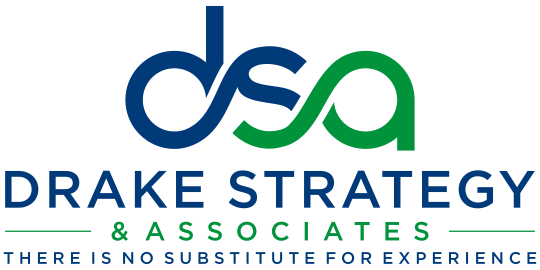All posts from "The Insider" blog
- All Post
- Uncategorized


How storytelling can supercharge your next government contract presentation
Telling stories during your presentation is one of the most powerful tools government contractors have to influence, educate and inspire.

During my 20-plus years as a senior executive for various state and local government officials, I watched my fair share of government contract presentations. Some were well done and provided informative content, but most were self-promoting, overly complicated commercials for a government contractor’s product or service.
As a government buyer, I had three simple questions I wanted answered during the presentation:
- How does your product or service solve a challenge or need I currently have?
- Why should I buy what I need from you?
- How realistic is it for me to achieve the outcomes you described?
Not providing a customer-centric presentation that is easily understood hinders a government contractor’s ability to earn trust and possibly removes any chance of getting a future meeting.
Government leaders meet with hundreds of contractors annually, many of whom provide similar products or services. Therefore contractors need to grab the government buyer’s attention in the first few minutes if they want to have any chance of differentiating themselves and keeping them interested throughout the entire presentation and, more importantly, buying their product or service.
One of the easiest ways to keep a government buyer’s attention and ensure they see the value in your product or service is to use storytelling.
Yes, the same technique teachers use to educate kindergartners about life skills is the same technique I use to get a government audience sitting on the edge of their seats. Research has even proven that storytelling can increase engagement by triggering a chemical reaction in a listener’s brain:
- Cortisol – assists with memorization
- Dopamine – keeps people engaged
- Oxytocin – associated with empathy and taking action
Remember, presentation storytelling is not like telling your friends and family about your amazing vacation, as the story is not about you. The purpose is to help the government buyer see how your product or service can solve a challenge or need or how not addressing the problem or need can tremendously affect employees and constituents.
Practicing the below five techniques can boost your government buyer engagement and differentiate yourself from the typical presentations they see.
1. Start your presentations with a relevant story
Opening presentations with a story is called a hook. Unfortunately, most government contractors think they should start their presentation with a long introduction about themselves or how they developed their product or service. I can tell you from experience as a government buyer they are probably not interested in hearing that information first. Most government buyers want first to know how you can solve an immediate challenge or need they have. Remember, the presentation is not about you. Beginning with a strong story about a problem or need they might have not only sets a customer-centric tone but also gets the government buyer interested in hearing the content that follows.
2. Tell stories the government buyer can relate to
For presentation storytelling to be compelling, your government buyer must be able to relate to the content. Incorporate stories that your audience members might have empathy for or experienced themselves. More importantly, make sure the story ties directly to the value your product or service delivers. Telling a story that appears to be a random set of facts or lists your product or service’s functions can do more harm than good.
3. Use storytelling throughout a presentation to convey technical concepts or to make a point
As described above, the brain chemically reacts to stories, which you should use to your advantage. Incorporating stories to clarify or explain a highly technical concept or highlight a critical point not only helps the government buyer remember the information you provided but engages them throughout your presentation.
4. Be concise
Ensure your story has a distinct beginning, middle, and end. Remember, the goal of storytelling is to enhance your presentation, not add to its length. Telling stories that take too long to get to the point may not only bore your government buyer but make them tune out the rest of your presentation.
5. Practice…Practice…Practice
The worst thing that can happen when telling a fantastic story is forgetting to mention specific vital details. Or worse yet, stumble through the delivery. Although your story should not sound rehearsed, you still should practice delivering particular points. As stated above, a botched execution is worse than not telling a story at all.
Storytelling is effective in one-on-one proposal meetings or during formal Request For Proposal (RFP) presentations. They can be humorous or evoke a serious reaction or emotion.
Regardless of use, storytelling not only helps your government audience relate to your presentation — it keeps them from checking out!
If you’re interested in learning how Drake Strategy & Associates can heIp you develop stories that improve your government presentations, schedule a meeting today.

